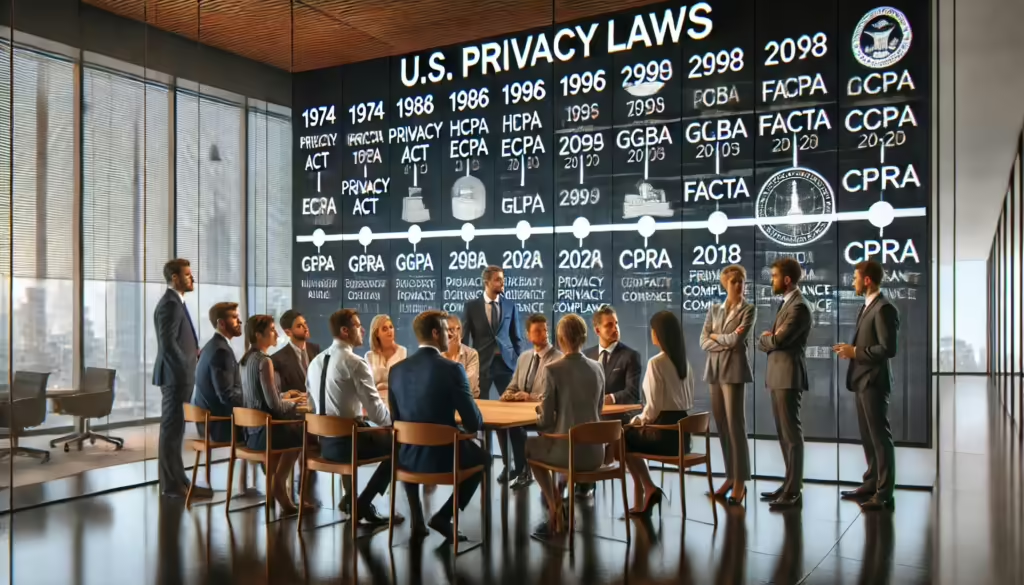
Why “What Do You Think?” Is One of the Most Powerful Questions in Employee Development
Posted February 5, 2025 by Kevin Chern
The Question That Unlocks Potential
In a high-stakes legal firm, a junior associate approached the managing partner with a problem: a client’s contract contained a clause that could expose them to financial risk. The associate explained the issue in detail, waiting for instructions. Instead of giving an immediate answer, the managing partner responded with a simple question: What do you think?
At first, the associate hesitated. He had expected a directive, not a challenge. But as he formulated his thoughts, he began analyzing potential solutions, considering legal precedents, and evaluating risk mitigation strategies. By the end of the conversation, he had not only proposed a viable course of action but had also gained confidence in his ability to think critically.
This question What do you think? is deceptively simple but profoundly impactful. It shifts the dynamic from passive problem-reporting to active problem-solving. More importantly, it fosters a culture of independent thinking, ownership, and leadership development within organizations.
From Problem Reporting to Problem Solving
One of the biggest obstacles in employee development is creating a workforce that doesn’t just spot problems but actively seeks solutions. When leaders default to answering questions and providing step-by-step guidance, they inadvertently create a culture of dependence. Employees become reliant on managers for decisions, which stifles innovation and slows organizational progress.
By contrast, consistently asking What do you think? shifts the cognitive burden back onto the employee, forcing them to engage in analytical thinking, weigh trade-offs, and articulate potential solutions.
According to a study by the Harvard Business Review, high-performing teams exhibit 25% more independent decision-making compared to low-performing teams (HBR, 2022). This independence correlates with higher efficiency, innovation, and job satisfaction.
The Psychology Behind the Question
From a psychological standpoint, What do you think? activates the self-determination theory, which identifies three core drivers of motivation:
- Autonomy – Employees feel empowered to contribute their own thoughts and ideas.
- Competence – They develop confidence in their ability to solve complex problems.
- Relatedness – They feel valued because their opinions are sought after.
A Gallup study found that employees who feel their opinions count at work are 4.6 times more likely to feel empowered to perform at their best (Gallup, 2021). This directly translates to increased engagement, productivity, and retention.
Applications in Employee Development
Asking What do you think? can be integrated into multiple aspects of employee development:
1. Leadership Training
Emerging leaders need to develop decisiveness and confidence. Encouraging them to analyze situations and propose solutions helps them hone these skills.
Application: Instead of providing direct answers in leadership meetings, ask team members to outline potential courses of action before offering guidance.
2. Coaching & Mentorship
The best mentors don’t just provide wisdom; they challenge mentees to develop their own insights. By pushing employees to think critically, mentors help them build a foundation of independent problem-solving.
Application: When an employee asks for advice, resist the urge to provide a solution. Instead, prompt them with, What options have you considered?
3. Performance Reviews
Traditional performance reviews often focus on past achievements, but they can also be a platform for future development. Asking employees how they believe they can improve fosters self-awareness and proactive growth.
Application: During evaluations, ask, Where do you see areas for improvement in your performance? and What strategies do you think would help?
4. Innovation & Problem-Solving Meetings
Innovation thrives when employees feel encouraged to share and refine ideas. By routinely asking for their input, organizations cultivate a problem-solving culture.
Application: When facing operational challenges, instead of dictating solutions, ask, What are some alternative ways we could approach this?
The Organizational Impact
The benefits of encouraging independent thinking extend beyond the individual—it transforms organizations.
Increases Engagement & Retention – Employees who feel their ideas matter are less likely to seek opportunities elsewhere. Companies with highly engaged employees experience 23% higher profitability (Gallup, 2023).
Accelerates Decision-Making – When employees can evaluate and address challenges on their own, organizations move faster and more efficiently. McKinsey reports that companies with decentralized decision-making structures outperform competitors by 20% in overall productivity (McKinsey, 2022).
Builds a Leadership Pipeline – Developing critical thinkers ensures a steady pipeline of future leaders who are equipped to make informed decisions.
Encourages Innovation – Employees who are trained to think independently contribute more creative ideas, leading to sustained competitive advantage.
How to Implement This in Your Organization
If your team is used to seeking direction rather than offering solutions, the shift to independent thinking won’t happen overnight. Here’s how to make it part of your culture:
Make It a Habit – Use What do you think? in everyday interactions, whether in meetings, performance reviews, or casual discussions.
Be Patient – Some employees may initially struggle to articulate their thoughts. Give them time and encouragement.
Encourage Reflection – Follow up with questions like Why do you think that’s the best approach? to deepen their analysis.
Recognize & Reward Initiative – Acknowledge employees who take ownership of problem-solving, reinforcing the behavior across the organization.
Train Managers to Be Coaches – Shift the management mindset from directive to developmental. Leaders should see themselves as coaches rather than just decision-makers.
The next time an employee brings you a problem, resist the urge to provide an immediate answer. Instead, pause and ask:
What do you think?
It’s a simple shift, but over time, it will cultivate a team of independent thinkers, confident leaders, and proactive problem-solvers ultimately driving success for both your employees and your organization.
How often do you challenge your team to think critically before offering guidance?
Tags:

Explore Our Library
Knowledge is power





















